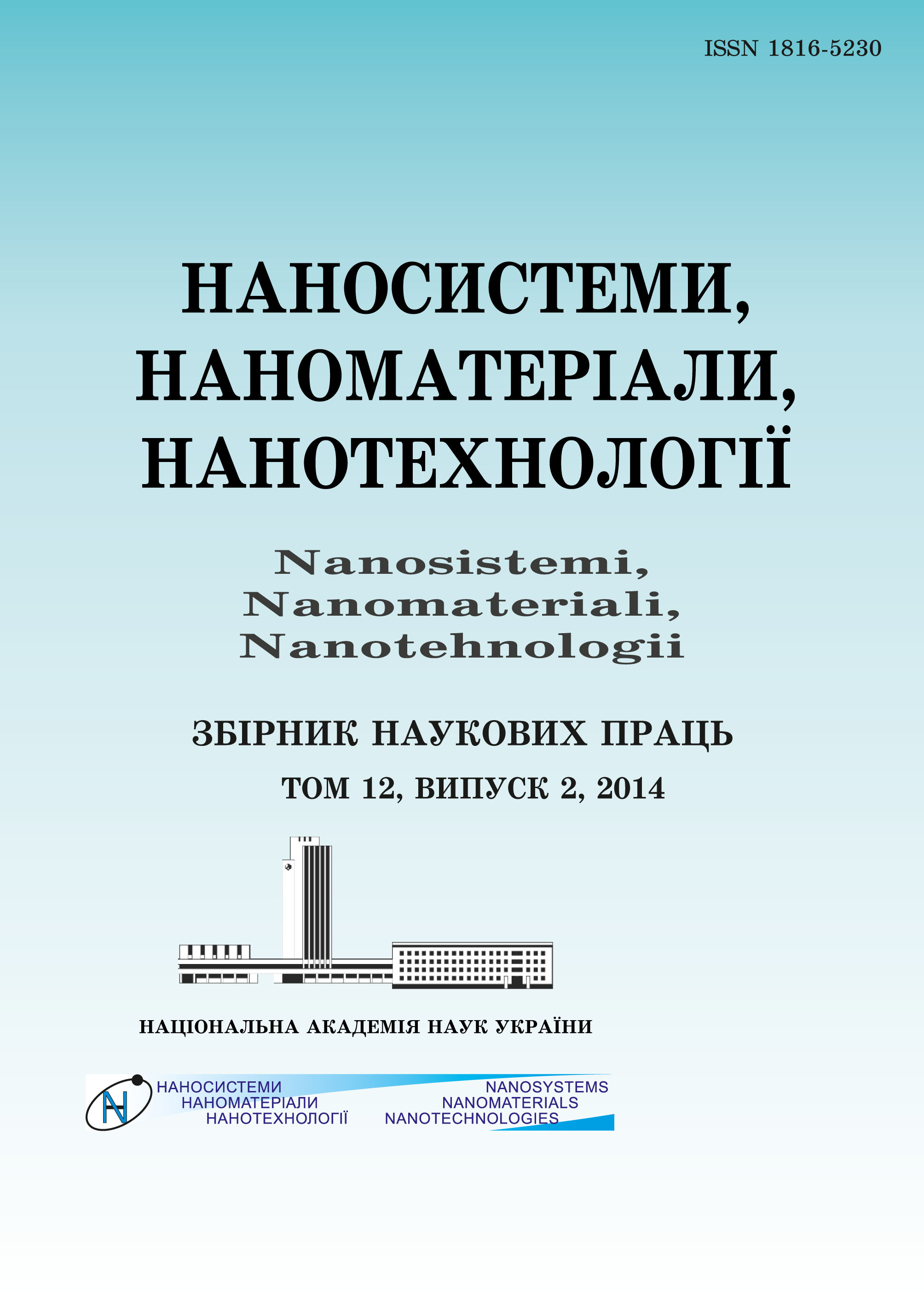|
|
|||||||||

|
Year 2025 Volume 23, Issue 2 |
|
|||||||
|
|||||||||
Issues/2025/vol. 23 /issue 2 |
|
A. V. VOLOKITIN, I. E. VOLOKITINA, and T. D. FEDOROVA
Karaganda Industrial University, 30, Republic Ave., 101400 Temirtau, Kazakhstan
Investigation of Properties’ Change of Copper Wire in the Process of Twisting and Subsequent Drawing
611–618 (2025)
PACS numbers: 62.20.Qp, 62.23.Hj, 68.37.Hk, 68.37.Lp, 81.20.Hy, 81.40.Jj, 83.50.Uv
In this paper, the change in the mechanical properties of copper wire in the process of deformation in a new way is studied. This new method consists in combining two technologies in one line, namely, traditional drawing and twisting in an equal-channel stepped matrix. The twisting of the work piece occurs precisely in an equal-channel stepped matrix due to its rotation around the work piece axis that allows achieving the twisting in the entire volume of the work piece, followed by calibration of the cross-section due to the passage of the die channel. A physical experiment has shown the possibility of obtaining increased mechanical properties in copper wire by obtaining the nanostructure in the surface layer. In this regard, the use of an improved drawing method, combining torsion methods, which implement a simple shear scheme and the classical drawing process through a die, allows expanding the limits of the use of traditional structural materials.
KEY WORDS: copper wire, drawing, twisting, microstructure, mechanical properties
DOI: https://doi.org/10.15407/nnn.23.02.0611
REFERENCES
- I. E. Volokitina, Progress in Physics of Metals, 24, No. 3: 593 (2023); https://doi.org/10.15407/ufm.24.03.593
- A. Bychkov and A. Kolesnikov, Metallography, Microstructure, and Analysis, 12, No. 3: 564 (2023); https://doi.org/10.1007/s13632-023-00966-y
- M. A. Latypova, V. V. Chigirinsky, and A. S. Kolesnikov, Progress in Physics of Metals, 24, No. 1: 132 (2023); https://doi.org/10.15407/ufm.24.01.132
- A. Denissova, T. Fedorova, D. Lawrinuk, A. Kolesnikov, A. Yerzhanov, Y. Kuatbay, and Y. Liseitsev, Case Stud. Constr. Mater., 18: e02346 (2023); https://doi.org/10.3390/ma15072584
- M. Ved, N. Sakhnenko, I. Yermolenko, and G. Yar-Mukhamedova, Chemico-Technological Journal, 8: 147 (2021); https://doi.org/10.18321/ectj697
- A. V. Volokitin, I. E. Volokitina, and E. A. Panin, Progress in Physics of Metals, 23: No. 3: 411 (2022); https://doi.org/10.15407/ufm.23.04.684
- I. Volokitina, A. Volokitin, and D. Kuis, J. Chem. Technol. Metall., 56: 643 (2021).
- M. Murugesan, D. Won, and J. Johnson, Materials, 12: 609 (2019); https://doi.org/10.3390/ma12040609
- I. E. Volokitina, A. V. Volokitin, E. Panin, T. Fedorova, D. Lawrinuk, A. Kolesnikov, A. Yerzhanov, Z. Gelmanova, and Y. Liseitsev, Case Stud. Constr. Mater., 19: e02609 (2023); https://doi.org/10.1016/j.cscm.2023.e02609
- M. Latypova, V. Chigirinsky, and A. Kolesnikov, Progress in Physics of Metals, 24, No. 1: 132 (2023); https://doi.org/10.15407/ufm.24.01.132
- I. E. Volokitina, Metal Science and Heat Treatment, 63, Nos. 3–4: 163 (2021).
- L. David, Journal of The Minerals, 59: 21 (2021); https://doi.org/10.1007/s11837-007-0111-7
- B. Sapargaliyeva, A. Agabekova, G. Ulyeva, A. Yerzhanov, and P. Kozlov, Case Stud. Constr. Mater., 18: e02162 (2023); https://doi.org/10.1016/j.cscm.2023.e02162
- G. I. Raab, D. V. Gunderov, L. N. Shafigullin, Yu. M. Podrezov, M. I. Danylenko, N. K. Tsenev, R. N. Bakhtizin, G. N. Aleshin, and A. G. Raab, Materials Physics and Mechanics, 3, No. 24: 242 (2015).
- I. E. Volokitina and A. V. Volokitin, Physics of Metals and Metallography, 119, No. 9: 917 (2018).
 This article is licensed under the Creative Commons Attribution-NoDerivatives 4.0 International License ©2003 NANOSYSTEMS, NANOMATERIALS, NANOTECHNOLOGIES G. V. Kurdyumov Institute for Metal Physics of the National Academy of Sciences of Ukraine. E-mail: tatar@imp.kiev.ua Phones and address of the editorial office About the collection User agreement |